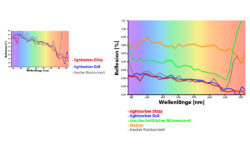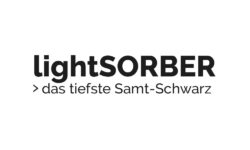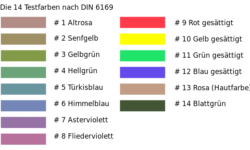lightSORBER: The modern hybrid motor for various “light fuels”
The basic colour of your stage drapes corresponds figuratively to an engine and your light to the fuel of your colour perception.
To work perfectly, motor and fuel must go together.
This applies particularly to curtains on stages, as black is a special “load case” for the human eye. In recent years, light has changed significantly due to LED technology. Some black surfaces don’t work well and seem light, silvery, greyish, creased – at least not as black as they used to.
The TÜCHLER lightSORBER velvets are hybrid motors for black: They take the blue-heavy spectral properties of LED lights and the red-heavy spectrum of classical tungsten light sources into account. They appear black, even if different light sources are used simultaneously.
A combustion engine requires fossil fuel, an electric motor requires electricity to function. Only a hybrid motor can handle both.
In short: TÜCHLER lightSORBER velvets produce the most colour neutral black for all lighting types on the market.




